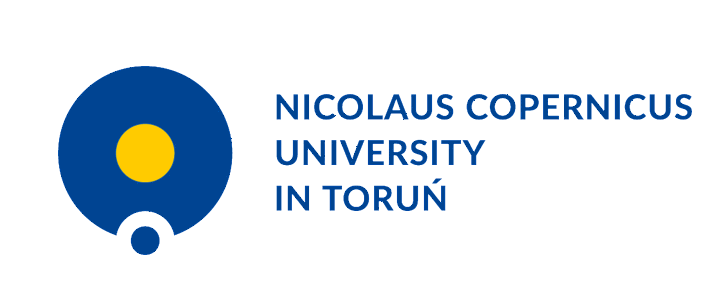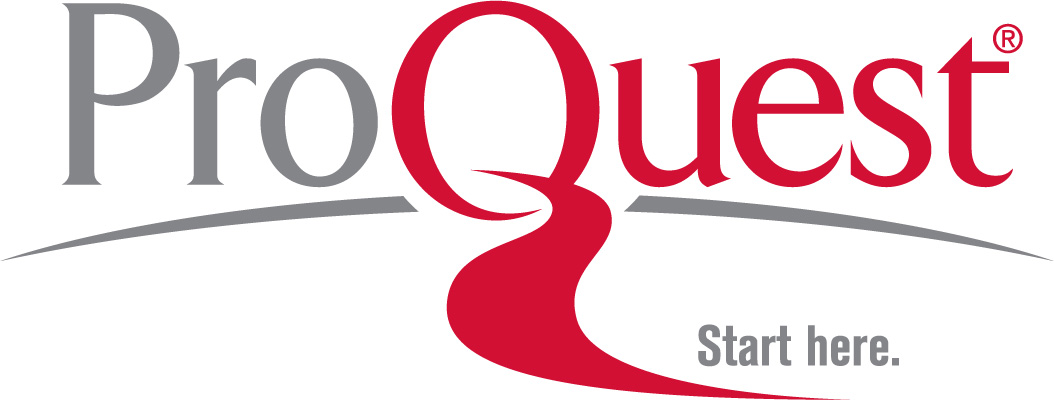THE USAGE OF MODERN CONCEPT OF EFFICIENCY MANAGEMENT FOR MEASUREMENT INFLUENCE OF MODERN TECHNOLOGIES FOR COMPANYS PRODUCTIVITY
Abstract
This article is focused on the influence of advanced manufacturing technologies on company’s performance. The aim of this contribution is to suggest the suitable concept of performance management that enables to measure the influence of advanced manufacturing technologies. The introductory part of the article defines the term “advanced manufacturing technologies” (AMT) as information technologies for the storage of data and their subsequent processing. A complex and lucid view onto the company performance and generators of this performance provides the concept of Kaplan and Norton referred to as Balanced Scorecard (BSC). The goals and measures are based on the vision of a strategy of the company and monitor its performance from the four following perspectives: financial, customer-related, internal processes, learning and growth. The utilization of BSC can be amplified by the emphasis on the value-based approach to the management of performance. The value orientation of BSC can be attained by properly selecting the value-based indicator, for example Economic Value Added (EVA), as the top criterion of the financial perspective of BSC. EVA (net operative profit minus capital expenses) measures the extent to which the company contributed in the given period by its activities to the increase or decrease value for the owners. The allocation of capital should be in accordance with the fundamental goal, which is to accept only such projects that will generate value thus contributing to the creation of EVA. A great advantage of the concept EVA is the possibility of linking strategic and operative decision-making and utilizing it on all levels of management by searching for and supporting of so-called value-generators. The approach BSC allows a complex view on effects from the introduction of AMTs without any aspect to be omitted. By acquiring AMT the perspective of learning and growth is supported significantly. AMTs require an intensive utilization of sophisticated information systems, which makes demands on abilities and qualifications of the employees so that they are able to work effectively. The perspective of internal processes is also significantly influenced by utilizing AMTs. Their utilization may lead to reduced amounts of material usage, to reduction of stocks of materials, to acceleration of the manufacturing cycle, better utilization of the manufacturing equipment, acceleration of development and to an increase of the number of innovations. At the same time it is possible to assume that these technologies reduce the number of necessary employees. The result will be reduced costs, higher quality of products, lower number of defects etc. By providing a better quality product faster that meets the specific requirements of a customer, the customer can be more satisfied. However, AMT often mean high expenditures during their acquisition (negative effect on cash flow during the acquisition) and resulting higher costs in individual years of their service life due to depreciation. Investment into AMT usually ties up the long-term capital that provides the expenses. Increased revenues from sales of products or services and cost savings must exceed the disadvantage of high acquisition costs and tied-up capital bearing costs. Only in such a case the acquisition and operation of AMTs can lead to a positive EVA and to an increase of the company value. Our research suggests that these frameworks are in fact complementary and can be very affective when used together.Downloads
Published
2013-10-24
Issue
Section
ORIGINAL SCIENTIFIC ARTICLE











